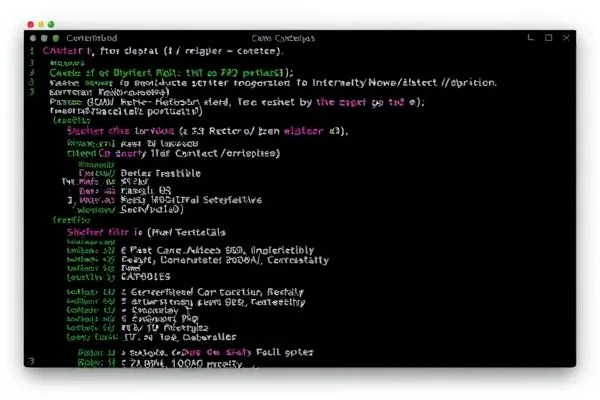In an age where cybersecurity threats lurk around every corner, recent news regarding Ivanti’s Connect Secure highlights a particularly severe issue. A critical vulnerability, identified as CVE-2025-22457, has surfaced, leading to the active deployment of dangerous malware like TRAILBLAZE and BRUSHFIRE on affected systems. This article will explore the nature of the vulnerability, the exploitative tactics employed, and key strategies organizations should consider to fortify their defenses.
Key Takeaways:
- ✔️ Familiarize with CVE-2025-22457 and its potential for remote code execution.
- ✔️ Recognize the tactics employed by malware such as TRAILBLAZE and BRUSHFIRE.
- ✔️ Understand the importance of implementing a proactive cybersecurity strategy.
- ✔️ Emphasize the need for timely updates and patch management to mitigate vulnerabilities.
The Nature and Impact of CVE-2025-22457
This vulnerability is categorized with a CVSS score of 9.0, categorizing it as critical and of significant concern. The flaw exists in several Ivanti solutions, including Connect Secure, Policy Secure, and ZTA Gateways. It allows attackers, devoid of authentication measures, to execute arbitrary code on compromised systems. Organizations running affected versions of these products are at considerable risk if immediate remediation steps are not taken.
On February 11, 2025, Ivanti released a patch addressing this vulnerability; however, the aftermath of its exploitation has already been seen with the deployment of malware like TRAILBLAZE, which effectively creates a backdoor into the affected systems. This underscores the urgency for affected organizations to implement the patch as well as to conduct thorough system audits following any signs of compromise.
Malamax Exploitation: Tactics and Techniques
The exploitation techniques observed with CVE-2025-22457 involve sophisticated methods, particularly the use of a multi-stage dropper that delivers the TRAILBLAZE payload. Following this, the BRUSHFIRE component is injected into the running memory of legitimate web processes, allowing it to evade common detection mechanisms. This sophisticated deployment highlights the growing complexity of modern cyber threats.
Threat actors linked to this incident, tracked under the designation UNC5221, have a historical modus operandi involving state-sponsored espionage activities, primarily attributed to China. Their continuous innovation in exploiting zero-day vulnerabilities through unique malware strains like TRAILBLAZE compels organizations to adopt rigorous cybersecurity practices.
Effective Cybersecurity Strategies Against Threats
To defend against such sophisticated exploitation tactics, organizations must embrace a multifaceted cybersecurity strategy. This should include:
- ✅ Immediate application of all relevant patches to mitigate vulnerabilities.
- ✅ Implementation of robust incident response plans to quickly address potential breaches.
- ✅ Continuous monitoring for suspicious activities and anomalies indicating possible compromises.
- ✅ Training employees on best cybersecurity practices to reduce the risk of breaches.
Organizations should also proactively monitor their external ICT infrastructure for unusual behaviors, which may reveal a compromise. If an intrusion is suspected, reverting to the patched version of the affected software and conducting a thorough audit is essential.
In summary, the exploitation of Ivanti’s critical vulnerability serves as a stark reminder of the persistent and evolving nature of cyber threats. By understanding the threat landscape and implementing effective cybersecurity measures, organizations can significantly reduce their risk of falling victim to malicious exploits.









